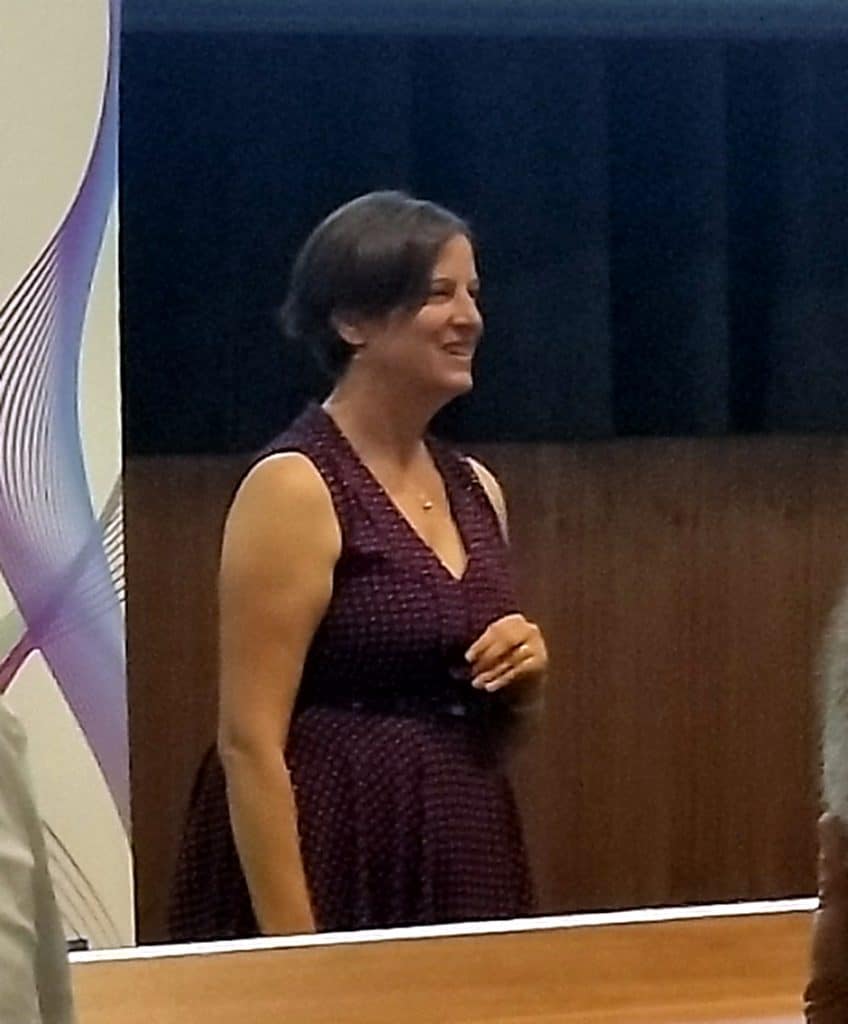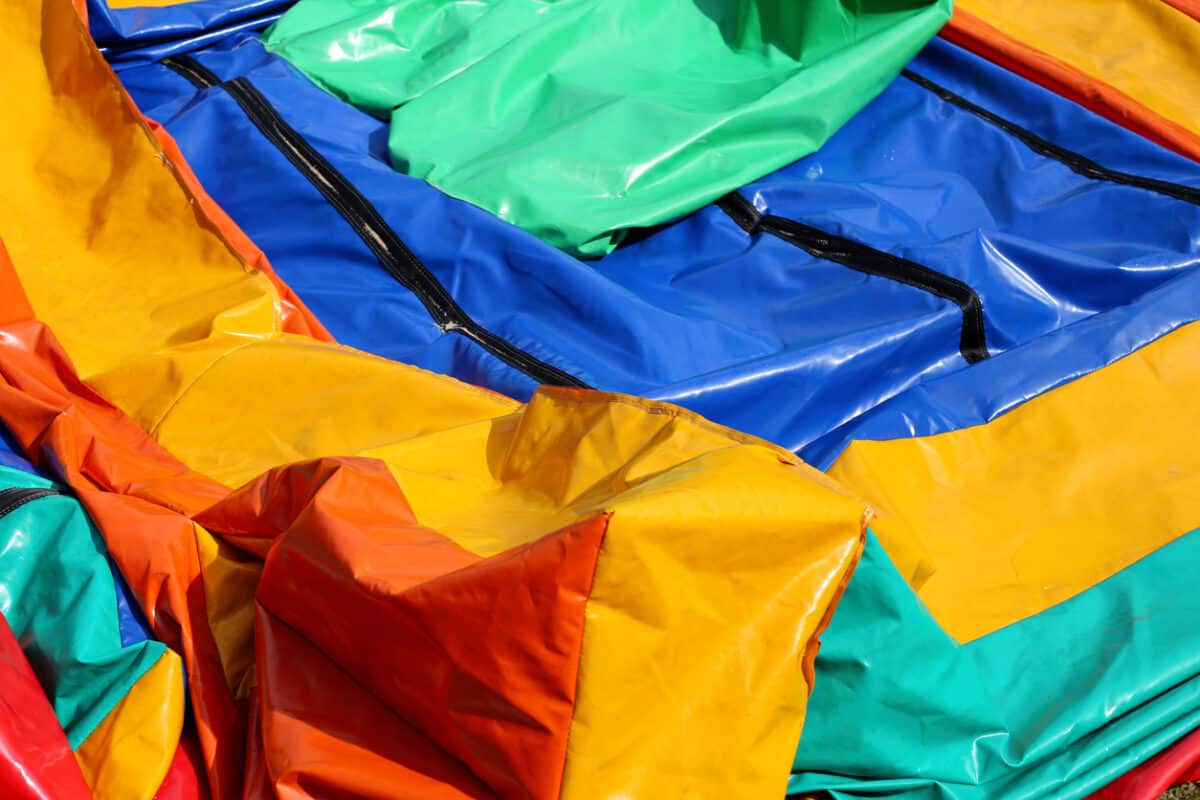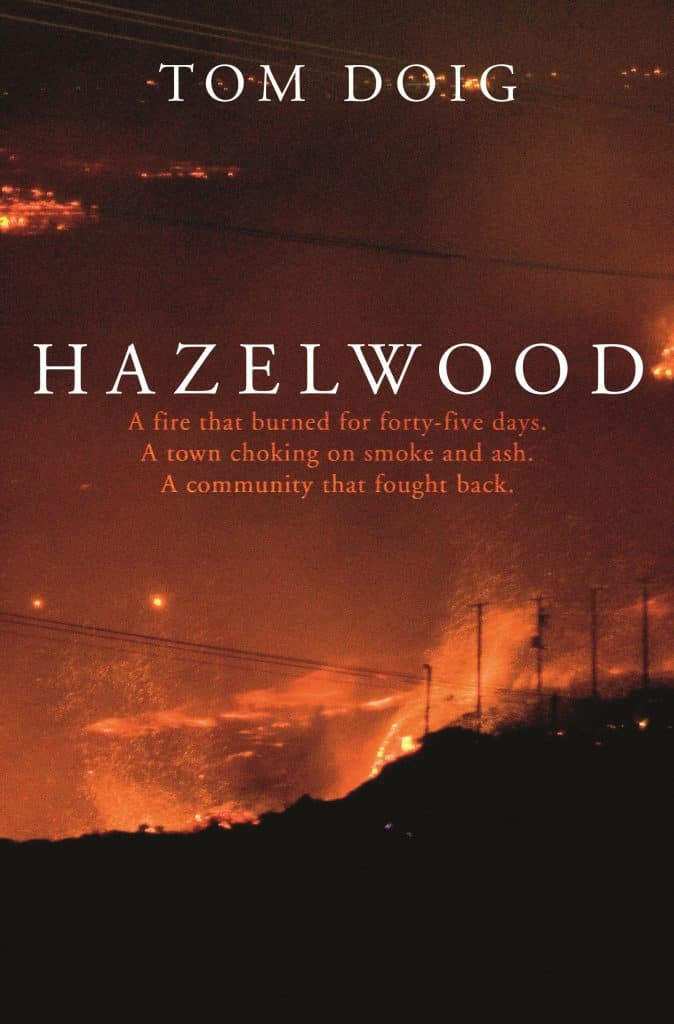The community in Melbourne, Australia, has been talking about little else but a sex abuse scandal in the childcare industry. (It makes a difference from talking about beef wellingtons.) The media and the government are announcing and investigating various regulatory and enforcement options to prevent a recurrence. This abuse is a grave concern and not one that was unexpected, as earlier inquiries had identified the risk. The prevention of sexual harm to children has an occupational health and safety (OHS) context that should not be ignored.
Category: outrage
Weaponising Industrial Manslaughter
Prosecution for Industrial Manslaughter in Australia’s occupational health and safety (OHS) is supposed to deter employers from neglecting the health and safety of their workers, but there is very little evidence of effective deterrence from this type of penalty, or improved safety and healthy working conditions. Industrial manslaughter seems to have more of a marketing and political impact. It allows governments to say they are doing something tough on OHS even though the changes have little deterrence and continue to be difficult to apply to the intended corporate targets.
The Queensland Parliament has provided a recent example of the political weaponisation of Industrial Manslaughter.
Call for Industrial Manslaughter laws after more unnecessary deaths
It was inevitable that all States in Australia would end up with Industrial Manslaughter (IM) penalties related to occupational health and safety (OHS). Tasmania is the latest to start the consultation on these laws, and again, it has required a work-related tragedy to generate the outrage that seems required for such a push.
The Australian Broadcasting Corporation is reporting on the grief and outrage of Georgie Burt, one of the parents of
“….one of six children who died when a jumping castle became airborne at an end-of-year celebration at Hillcrest Primary School in Devonport in 2021.”
hyperlink added
A new unicorn – the creation of a work health and safety myth
Occupational health and safety (OHS) has many myths, as do many other business disciplines. This is particularly concerning in a discipline that advocates evidence-based decision-making and pushes for peer-reviewed independent research. Sometimes these myths relate to using gym balls as office chairs or back belts or “safe lifting techniques” to reduce manual handling risks or, and this is one of my own suspicions, ankle-high safety boots that reduce the risk of ankle injuries. There are also mixed messages about sit-stand desks. (Counterarguments welcome in the comments below)
The United States seems to be in the early stages of an urban myth about police overdosing after accidental exposure to fentanyl, although this has been cooking since at least 2021. The nature of social media and the internet suggests that sometime soon, this accusation or experience will appear in Australia. Various US–based media have looked at this occupational hazard, with the latest being National Public Radio (NPR) on May 16, 2023.
Continue reading “A new unicorn – the creation of a work health and safety myth”Confrontation with PM involves workers’ compensation
Last week Australian media covered a confrontation between Prime Minister Scott Morrison and a pensioner, Ray, in Newcastle. Most of the coverage focused on Ray’s criticism of the commitments of the Morrison Government to support and reward those citizens willing to “have go”. The full 5-minute video provides a much better context to the man’s complaints than do the short edits on most media bulletins. That context seems to include concerns about workers’ compensation and the processes of the Dust and Diseases Board.
Important safety, environmental, political and personal stories in book on the Morwell Mine fire
Dr Tom Doig has continued to build on his earlier work about the Morwell mine fire, expanding his “The Coal Face” from 2015 into his new book “Hazelwood” (after court-related injunctions, now available on 18 June 2020).
SPECIAL OFFER: The first four (4) new Annual subscribers in the month of June 2020 will receive a copy of Hazelwood.
The Morwell mine fire created great distress to residents in Victoria’s Latrobe Valley, ongoing health problems, and a parliamentary inquiry, but can also be seen as a major case study of occupational health and safety (OHS) laws, enforcement, role and the obligation on employers to provide a safe and healthy working environment that does not provide risks to workers and “protect other people from risks arising from employer’s business”. The management of worker and public safety is present in almost every decision made in relation to the Morwell Mine fire. The overlay of an OHS perspective to Doig’s book is enlightening.
New Zealand leads on wellbeing

A couple of months ago, SafetyAtWorkBlog mentioned New Zealand’s Wellbeing Budget. Last week a representative of the NZ Treasury, Ruth Shinoda, spoke about it from direct experience in Melbourne at the 7th Global Healthy Workplace Summit. The Wellbeing Budget and a complimentary Living Standard Framework provide important contrasts to how Australia is valuing the healthy and safety of its citizens and workers.





